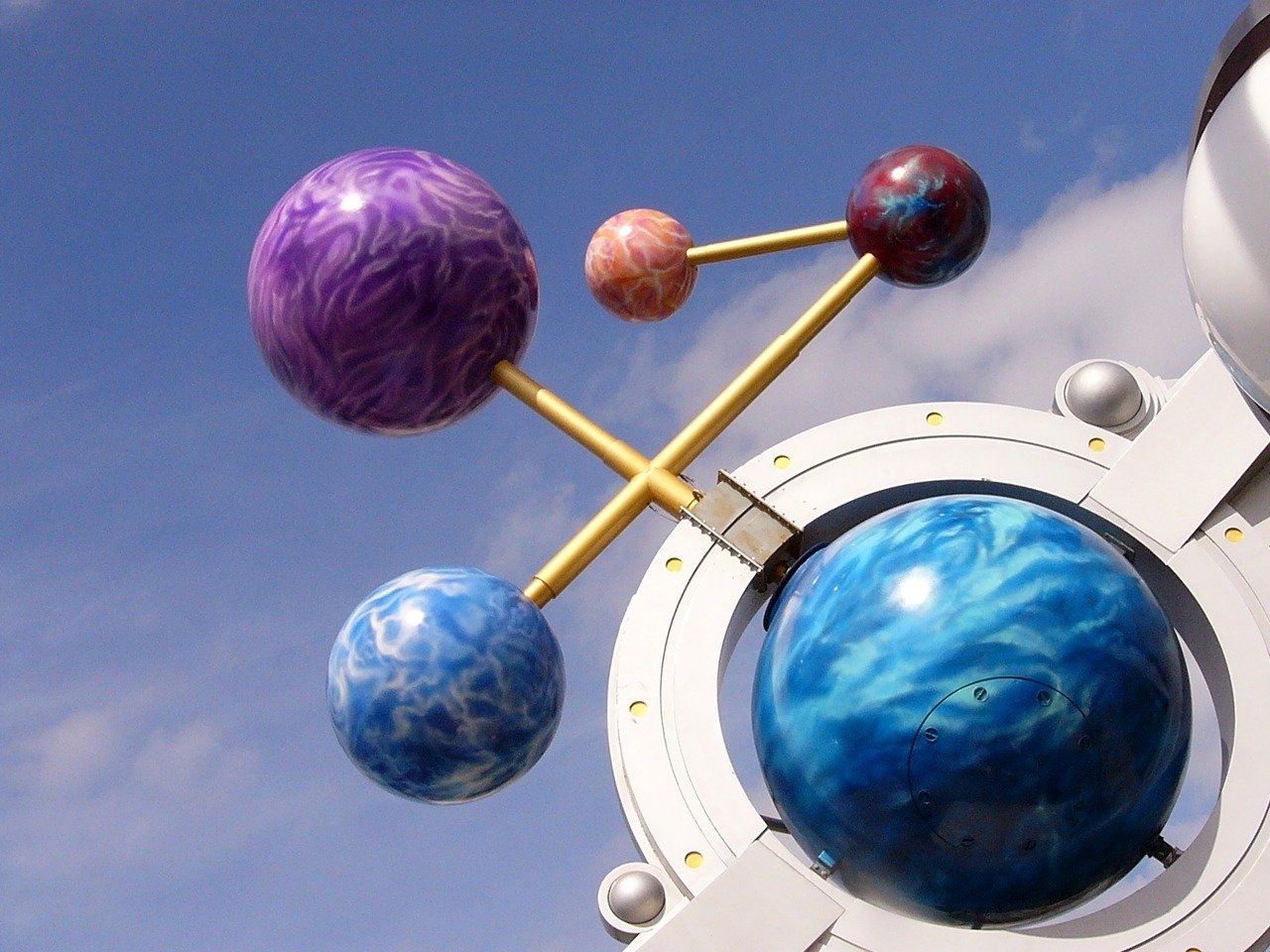The size of our Milky Way Galaxy is about 1 000 000 000 000 000 000 kilometers.
The nearest galaxy to the Milky Way, Andromeda, is about 24 000 000 000 000 000 000 km away from the Earth.
Our star, the Sun, weighs about 2 000 000 000 000 000 000 000 000 000 000 kilograms.
Millions, billions…the space numbers simply send my head spinning.
To be honest I can never remember any of them. Why? To many zeros!
When it comes to “how many”, I can handle numbers up to a few hundreds as they are a part of my daily experience. For example:
- There are 365 days in a year.
- In a single day’s school visit our mobile planetarium welcomes around 250 pupils.
- One box of spaghetti contains about 600 pasta sticks.
And so on. There are no billions in my day-to-day life.
When it comes to “how far” or “how big”, my mind goes blank after 40 000 kilometers. That’s the circumference of the Earth!
But let’s go back to space maths.
I like to measure distances in space not in light years, like other astronomers do, not even in astronomical units or parsecs, but in human years. To make sense of those numbers I ask myself: how long will it take me to get there by foot. Or by car. Or by plane.
My students always enjoy this simple math problem:
The fastest thing in the Universe is light. The light takes 1 second to get to the Moon but 100 000 years to travel across our Milky Way galaxy. What about humans? Neil Armstrong, the first astronaut to land on the Moon, took about 3 days to get there. How long would it take a human astronaut to cross the Milky Way? When the children figure out the answer, they stop asking when we are going to visit other galaxies. The numbers speak for themselves.
(And no, we are not going to think about complicated orbits, gravity assist maneuvers and what nots that will definitely affect the travel time in reality! We will let the space flight engineers worry about those things.)
Space maths is not only a great way to practice the times tables and play with numbers, but also an opportunity for the children to get a sense of the vastness of the Universe!
So what kind of math problems can children be working on?
- The first problem that comes to mind is to compare the sizes of the space objects. How many Moons do you need to put one on top of the other so that the “Moon tower” is as tall as the Earth? How many Earths do you need to make the tower as tall as the Sun? And combining the who, how many Moons will make the “Moon tower” as tall as the Sun?
- When the children learn the concept of a volume, they can work on the same problem in 3D. How many Moons will fit inside the Earth? How many Jupiters will fill the Sun?
- The variation of the first problem can be called “balance the scale”. It involves comparing masses of different planets and moons.
- Kids will definitely enjoy figuring out how long it will take them to travel to other planets or even to the Sun riding different animals! Golden Eagle can cover 300 km in one hour. Cheetah, the fastest land runner, can cover 100 km in an hour. Maybe they fancy riding an ostrich (96 km/h)? Or a komodo dragon (20 km/h)? Or a dolphin (65 km/h) How long will it take them to get to the Moon, which is 384 400 km away?
- The “swap around” problems give a good idea of sizes and distances! For instance: if we place Saturn to where the Earth is now, how far the Moon would be from Saturn? How far the Moon would be from Saturn’s rings?
- Older children can be offered unit converting problems, that’s a lifetime skill. The pupil asked me recently, how many miles the light can travel in a year. My answer was: the light travels at a speed 300 000 km per second. The child has figured out the rest! And he could not have been prouder of his achievement even if he measured the speed of light himself!
So get creative and let the kids enjoy their maths!
Happy counting!

